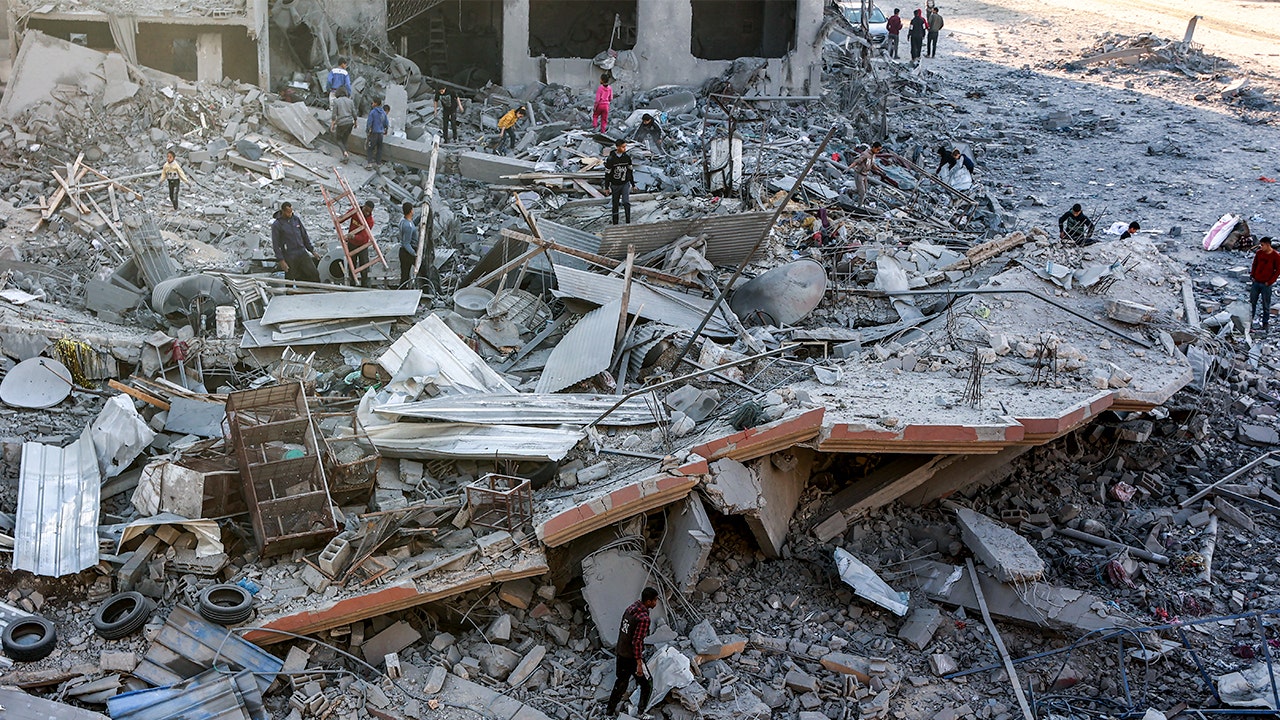Rental prices have surged across the country as the number of new properties available fall to a decade low.
It’s a bad time to be a renter as prices skyrocket around Australia with the number of new properties available plummeting to a decade low in December 2021.
Weekly rental prices have risen 4.7 per cent over the last three months, reaching a national median of $450, according to a new report from valuation service PropTrack.
But it’s not capital cities like Sydney and Melbourne which are feeling the heat, with regional Australia hardest hit where rental prices are 5 per cent higher over the last quarter and 10.5 per cent higher year-on-year.
In fact, rents in Sydney have remain unchanged while Melbourne actually experienced a drop of 2.4 per cent in prices.
However across Australian, new rental listings recorded a monthly fall of 27.2 per cent in December 2021 to reach the lowest number of new rentals available since April 2010. Yet demand continues to rise.
PropTrack director of economic research Cameron Kusher said the national rental market looks set to remain tight over the coming months after already experiencing reduced
supply and surging prices.
“With international borders reopening, it’s likely that the coming months will see the excess rental stock in inner city areas reduce as migrants come back and occupy those properties,” he said.
“The reopened borders could provide further challenges as the return of travellers, both domestically and internationally, sees landlords contemplate moving their rental properties from long-term leases to short-term letting.”
Properties are also being snapped up in record time nationally, with the median days a place is advertised on realestate.com.au at a historic low of 21 days in December 2021.
Available homes to rent were particularly bad in regional Western Australia, Melbourne and regional South Australia, all of which have recorded the largest year-on-year falls by 26 per cent, 19 per cent and 18 per cent.
Mr Kushner warned without an influx in new rental supply, it seems likely that properties will continue to be snapped up quickly.
“The ongoing tight rental conditions are also expected to result in further increases to rental rates. In regional areas, we may start to see some pressure ease as people make the shift back to the city or they purchase homes locally after having rented for a while and having
decided to stay,” he said.
“Across the capital cities, vacancy rates in Sydney and Melbourne are likely to tighten
as migration returns, which is expected to result in some moderate rental growth in those markets.”
But he added that property investment will lift over the coming year.
“With more investors purchasing properties this will in turn add to the rental supply and hopefully ease some of the surging rental prices,” he said.
The only areas to record increases in rental numbers were Darwin with available properties growing by 12 per cent and Canberra jumping by 5.8 per cent.





















Discussion about this post